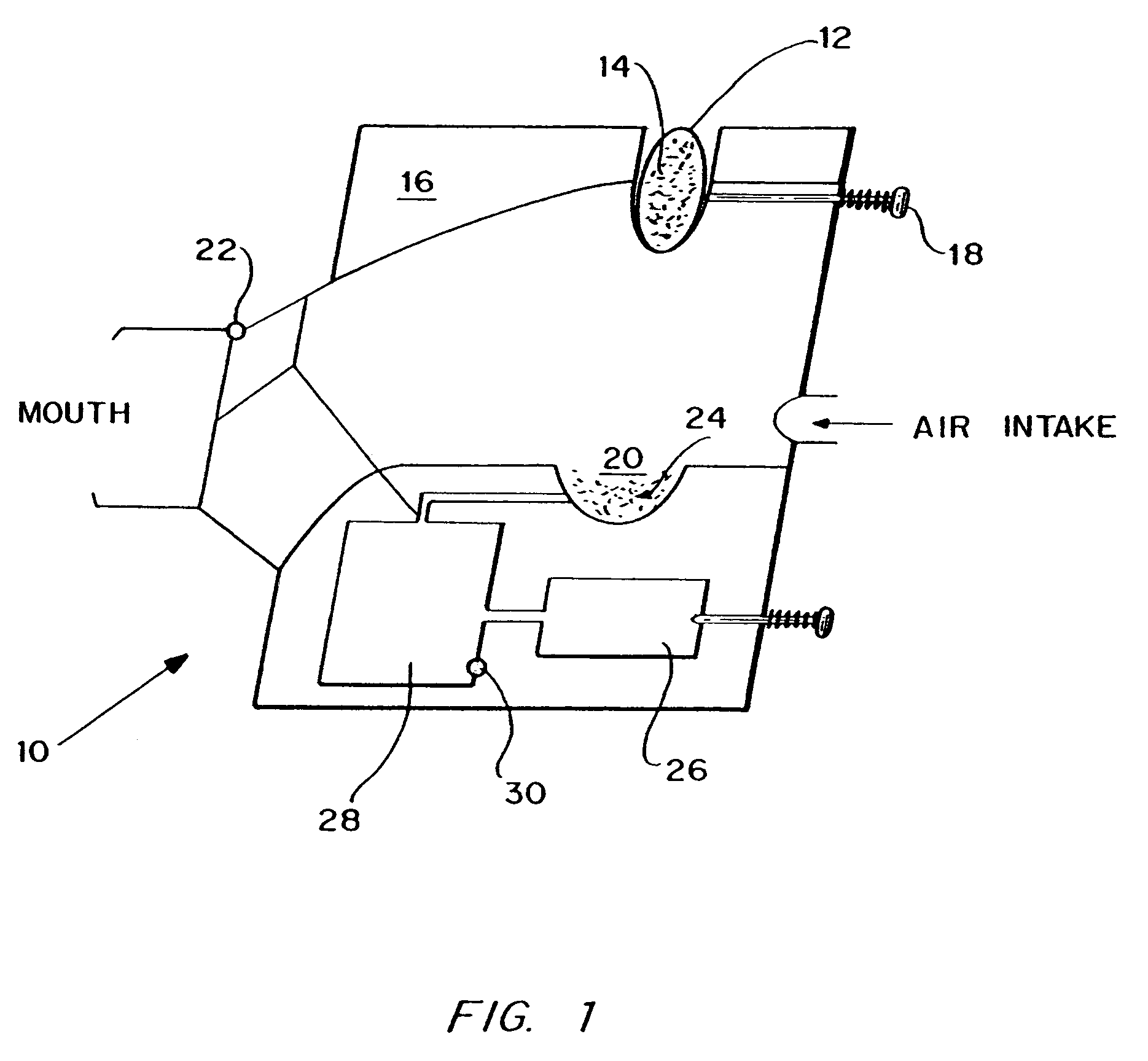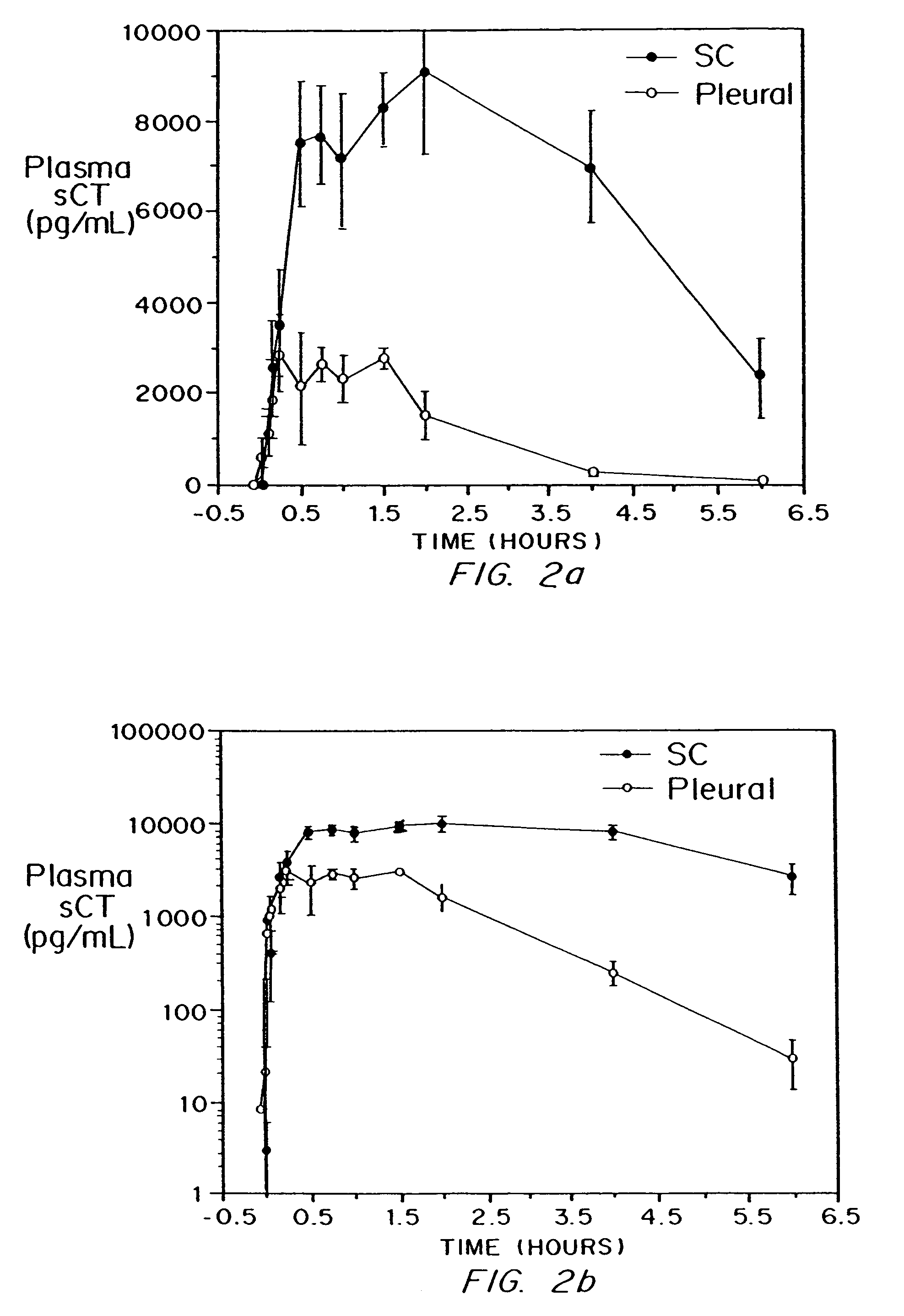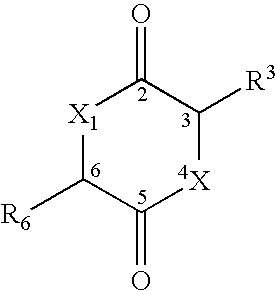Method for drug delivery to the pulmonary system
a drug delivery and pulmonary system technology, applied in the field of drug delivery systems, can solve the problems of erratic release profiles and uniform diameters
- Summary
- Abstract
- Description
- Claims
- Application Information
AI Technical Summary
Benefits of technology
Problems solved by technology
Method used
Image
Examples
example 1
Administration of Calcitonin-diketopiperazine Microparticles to Sheep
[0087]Materials and Methods
Animals
[0088]Sheep (approximately 100 kg) were housed at SUNY Stony Brook Health Sciences Center. Animals were anesthetized with acepromazine / thiopental sodium. A suspense of diketopiperazine microparticle / sCT (10.04 mg / mL in 0.9% saline) was instilled in each lung of each sheep. A solution of sCT (10 mg / mL in 0.9% saline) was administered by subcutaneous injection to control animals. An intravenous catheter was placed in the cephalic vein of each anesthetized animal for blood sampling.
Dosing Solutions and Calculations
[0089]The following dosing solutions were prepared on the day of the experiment. The volume of the dose delivered was calculated based on the actual weight of the animal as described below.
[0090]
Suspension:Microparticle / sCT [2.47% sCT by weight]10.04 mg / mb in 0.9% saline (pH 5.5)Solution:10 mg / mb sCT in 0.9% saline (pH 5.5)Calculation:Actual volume per sheep = (Wtsubject / 100...
PUM
| Property | Measurement | Unit |
|---|---|---|
| Length | aaaaa | aaaaa |
| Length | aaaaa | aaaaa |
| Acidity | aaaaa | aaaaa |
Abstract
Description
Claims
Application Information
 Login to View More
Login to View More - R&D
- Intellectual Property
- Life Sciences
- Materials
- Tech Scout
- Unparalleled Data Quality
- Higher Quality Content
- 60% Fewer Hallucinations
Browse by: Latest US Patents, China's latest patents, Technical Efficacy Thesaurus, Application Domain, Technology Topic, Popular Technical Reports.
© 2025 PatSnap. All rights reserved.Legal|Privacy policy|Modern Slavery Act Transparency Statement|Sitemap|About US| Contact US: help@patsnap.com



